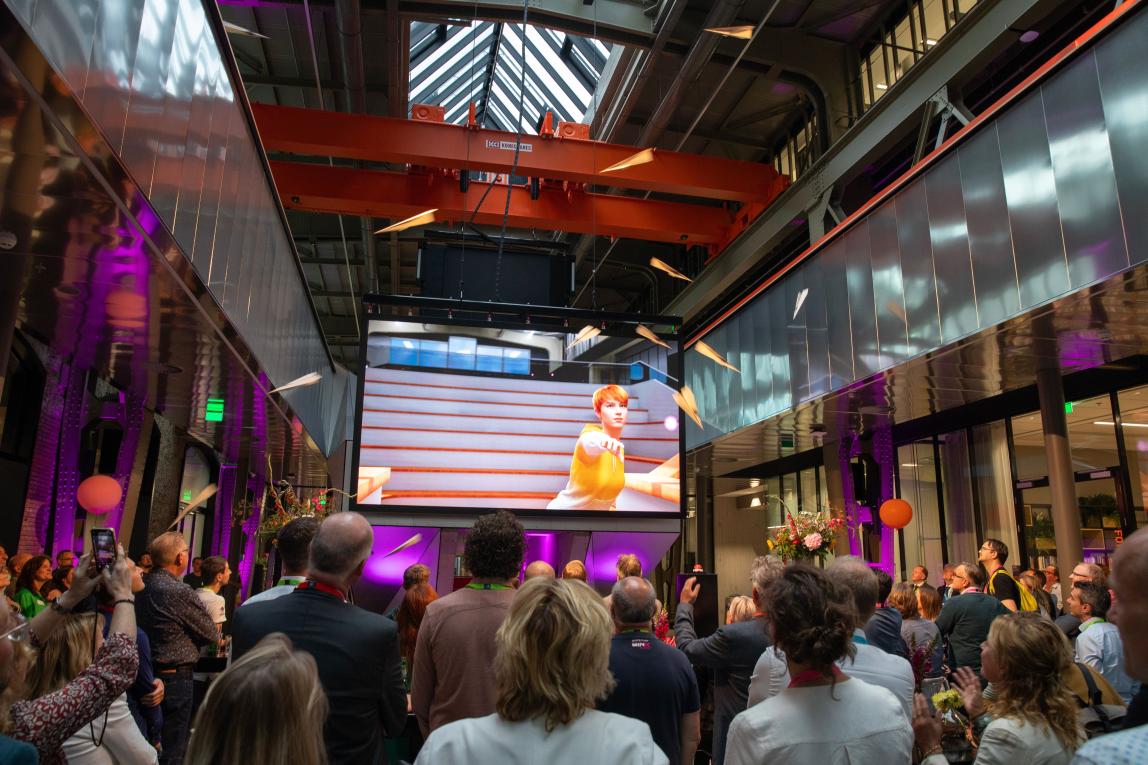
Digital human 'MAI' opens new MindLabs building
09/29/2023 - 10:19
On Wednesday, 27 September, MindLabs proudly opened its doors to a brand-new building. MindLabs is a partnership involving three educational institutions, government entities, and a growing network of businesses, social organisations, and startups.